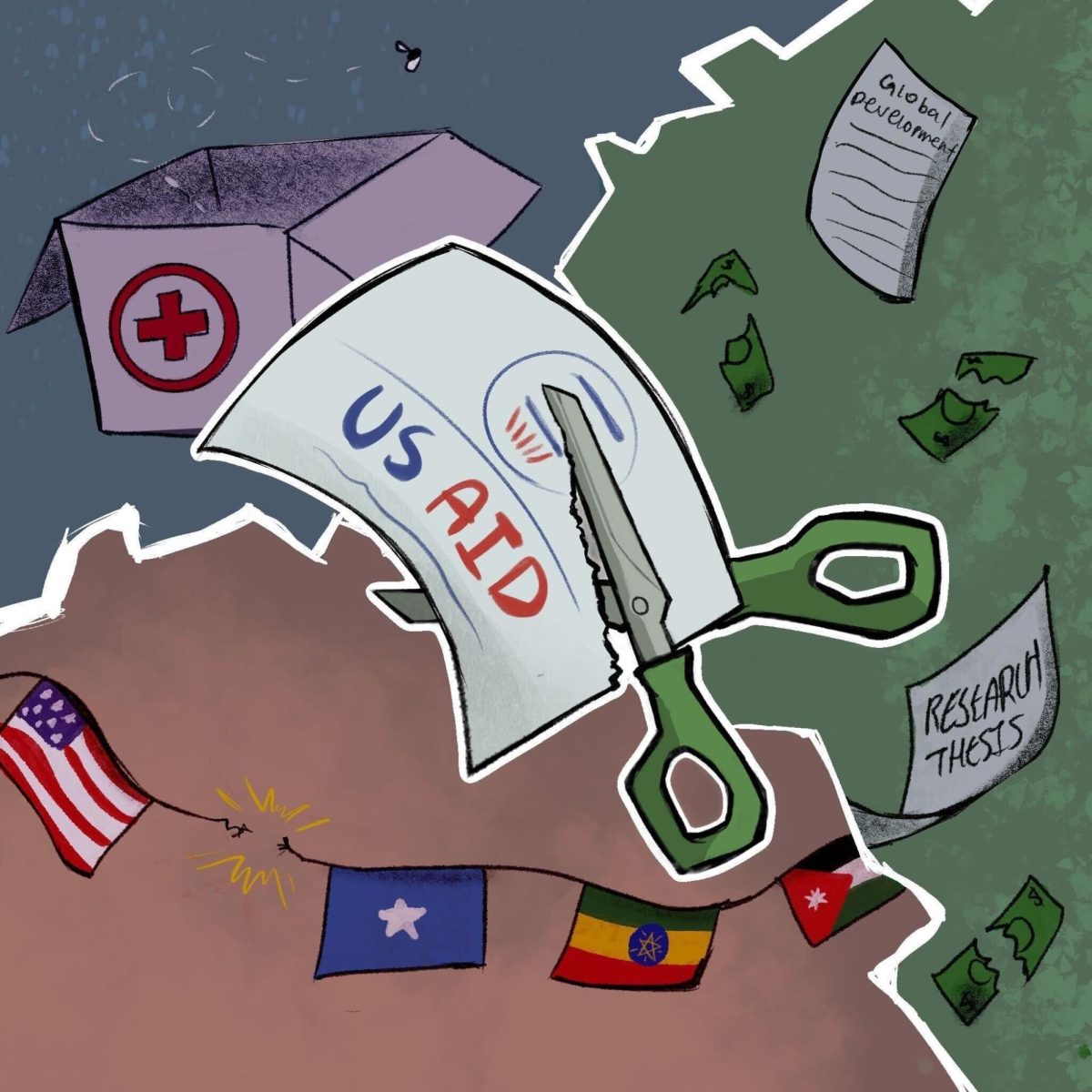ISLAMABAD — Two apparent U.S. drone attacks last week on militant targets in Pakistani tribal areas bordering Afghanistan very likely signal the resumption of joint counterintelligence operations by the CIA and Pakistan’s military spy agency, security analysts here said Monday.
The reported strikes would be the first in Pakistan since U.S.-led NATO forces killed 25 Pakistani soldiers in a “friendly fire” incident on the border in November, which drove relations between Washington and Islamabad to a new low.
News reports over the weekend quoted anonymous Pakistani military officials as saying that radio chatter among militants suggested that the chief of the Pakistani Taliban, Hakimullah Mehsud, was among four insurgents who were killed Thursday in the second of the drone strikes in the North Waziristan tribal area.
A spokesman for the Pakistani Taliban denied Mehsud’s death, however, saying he wasn’t in the area at the time. Members of rival militant factions told McClatchy Newspapers that they’d received no news of his death.
“The signs are that the U.S. has revisited intelligence cooperation with Pakistan, and the two sides have returned to the early stages, when drone attacks were initiated under a covert joint mandate,” said Simbal Khan, the director of research at the Institute of Strategic Studies Islamabad, a research center funded by Pakistan’s Foreign Ministry.
In the first of the strikes, last Tuesday, four al-Qaida fighters from the gas-rich central Asian republic of Turkmenistan were killed, analysts said.
But the drones didn’t target the Haqqani network, an Afghan Taliban faction that draws hundreds of fighters from Hafiz Gul Bahadur, the top militant commander in North Waziristan.
Security analysts said the selective targeting suggested that Pakistani security authorities had sanctioned the strikes, despite a Foreign Ministry statement Thursday that drone intrusions into Pakistan’s airspace “cannot be condoned.”
“This would mean the end of capricious unilateral targeting by the CIA, and a more considered HVT list” — high-value target — “agreed on by both sides,” Khan said.
The analysts said Pakistan’s response to the drone strikes was canned rather than angry. The attacks weren’t mentioned in a statement that was issued after the Pakistani government’s national security team met Saturday, suggesting that Pakistani officials had prior knowledge of the strikes.
“Had the strikes happened out of the blue, a much stronger response would have been forthcoming from Pakistan, particularly from the military,” Khan said.
The tensions with the United States are far from resolved, however. The Pakistani national security team issued the government’s first official response to a Pentagon investigation into the border incident, rejecting — as the military did three weeks ago — the U.S. conclusions that Pakistani troops had fired first and that their deaths were the result of poor coordination between military authorities on both sides.
The White House has said no apology is forthcoming, though the Pentagon has expressed “deep regret” at the Pakistani troop losses.
Obama has said the U.S. would take similar action if it received actionable intelligence on the whereabouts of the new al-Qaida chief, Ayman al-Zawahri.







